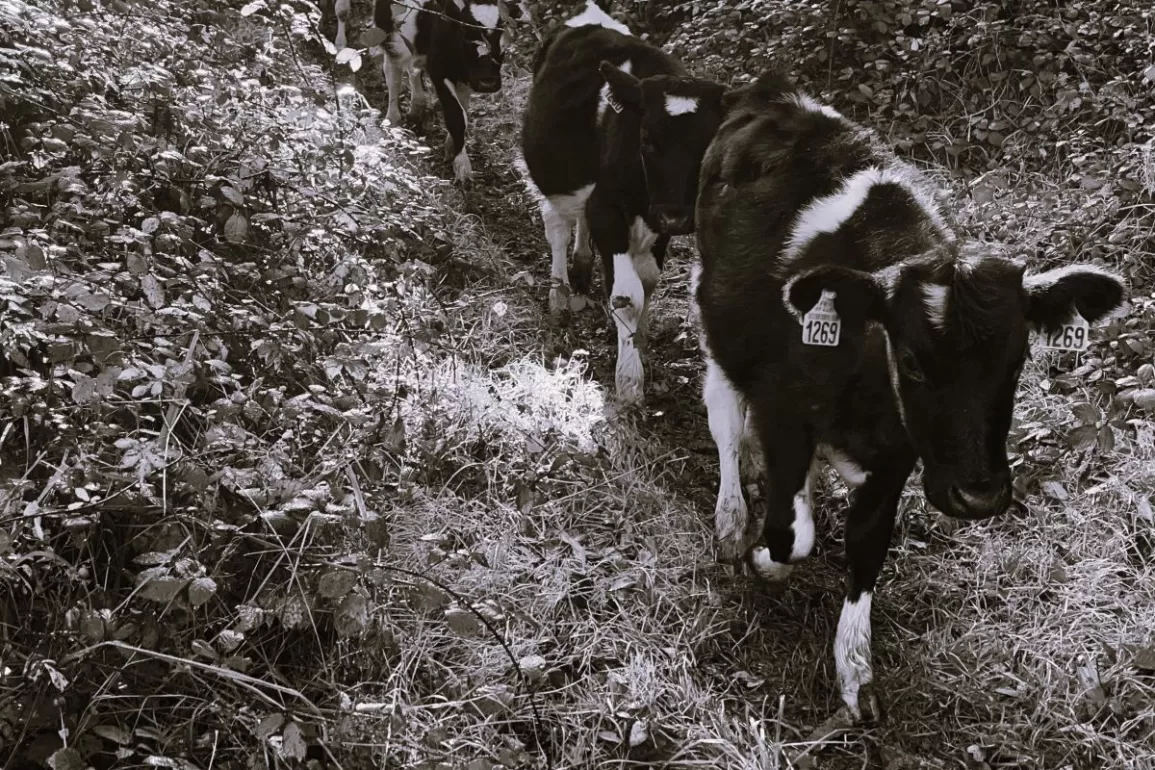This three-part installment follows Donna as she and the surrounding community try to solve what has killed her calf. Donna and her wife farmed in Folles, France, with their two children. Read Part II here. * Friday I drove down to the lake at first light, walked into the woods, and… they were empty. I smiled with relief. No one had died in place, sick and cold. No one had been killed by a predator. Turns out they’d gotten up…...

